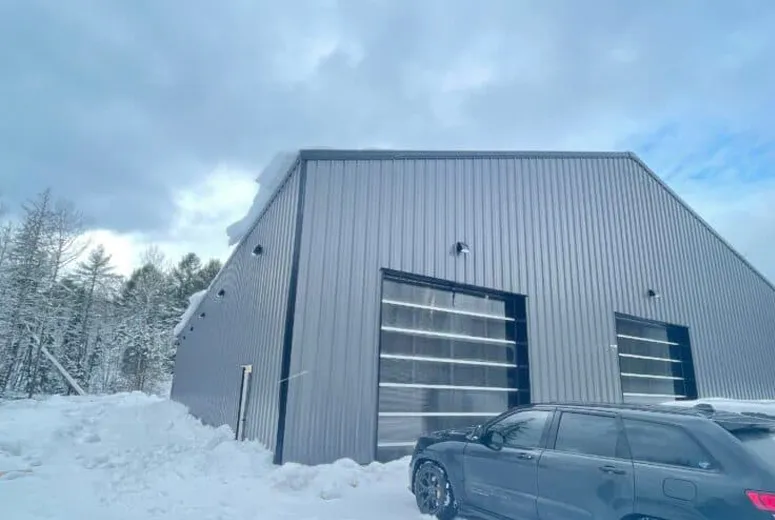- Afrikaans
- Albanian
- Amharic
- Arabic
- Armenian
- Azerbaijani
- Basque
- Belarusian
- Bengali
- Bosnian
- Bulgarian
- Catalan
- Cebuano
- Corsican
- Croatian
- Czech
- Danish
- Dutch
- English
- Esperanto
- Estonian
- Finnish
- French
- Frisian
- Galician
- Georgian
- German
- Greek
- Gujarati
- Haitian Creole
- hausa
- hawaiian
- Hebrew
- Hindi
- Miao
- Hungarian
- Icelandic
- igbo
- Indonesian
- irish
- Italian
- Japanese
- Javanese
- Kannada
- kazakh
- Khmer
- Rwandese
- Korean
- Kurdish
- Kyrgyz
- Lao
- Latin
- Latvian
- Lithuanian
- Luxembourgish
- Macedonian
- Malgashi
- Malay
- Malayalam
- Maltese
- Maori
- Marathi
- Mongolian
- Myanmar
- Nepali
- Norwegian
- Norwegian
- Occitan
- Pashto
- Persian
- Polish
- Portuguese
- Punjabi
- Romanian
- Russian
- Samoan
- Scottish Gaelic
- Serbian
- Sesotho
- Shona
- Sindhi
- Sinhala
- Slovak
- Slovenian
- Somali
- Spanish
- Sundanese
- Swahili
- Swedish
- Tagalog
- Tajik
- Tamil
- Tatar
- Telugu
- Thai
- Turkish
- Turkmen
- Ukrainian
- Urdu
- Uighur
- Uzbek
- Vietnamese
- Welsh
- Bantu
- Yiddish
- Yoruba
- Zulu
Nov . 24, 2024 20:55 Back to list
Steel Structure Building Design Principles and Benefits
Steel structure building design is a modern approach that has gained considerable popularity in construction due to its numerous benefits, including strength, durability, flexibility, and cost-effectiveness. As urban areas continue to expand, the demand for robust and efficient structures has led architects and engineers to increasingly adopt steel as a primary material in building construction.
Key Design Principles
The design of steel structures involves several fundamental principles. Firstly, engineers must consider the material properties of steel, which include high tensile strength and excellent ductility. This allows for the construction of large spans and tall buildings that can withstand heavy loads and environmental forces such as wind and seismic activity. Proper knowledge of these properties is essential to ensure the safety and longevity of the structure.
Secondly, the design must comply with building codes and regulations in place to guarantee that structures are safe for occupancy. These codes provide guidelines on the allowable loads, material standards, and construction methods, ensuring that the buildings can endure various stresses throughout their lifecycle. Structural analysis, including finite element modeling, is often employed to assess how the building will behave under different conditions.
Lastly, sustainability has become a crucial aspect of modern steel structure design. The environmental impact of construction materials and methods must be taken into account. Steel is 100% recyclable, which significantly reduces waste and resources required for new construction. Designers are increasingly looking to incorporate green practices, such as using recycled steel and optimizing designs to minimize material usage while maximizing structural integrity.
Benefits of Steel Structures
One of the primary advantages of steel structures is their strength-to-weight ratio. Steel is much lighter than traditional building materials, such as concrete or masonry, which allows for more efficient designs and reduces foundation costs. This adaptability also means that steel structures can be erected faster, minimizing construction time and labor costs.
steel structure building design

Additionally, steel offers immense flexibility in design. Its ability to be molded and fabricated into various shapes allows architects to explore innovative designs that might be impractical with other materials. This creative freedom has given birth to iconic landmarks around the world, making steel a preferred choice for modern architecture.
Steel buildings are also highly resistant to environmental factors. They withstand weather conditions better than many traditional materials, are fire-resistant when treated properly, and are not susceptible to pests like termites. This resilience contributes to lower maintenance costs over time, making steel an economical choice for building owners.
Challenges in Steel Structure Design
Despite its advantages, steel structure design comes with challenges. Designers must select appropriate coatings to prevent corrosion, especially in environments with high moisture. This can add to the initial costs and requires ongoing maintenance to ensure durability over time.
Moreover, the thermal conductivity of steel can lead to energy inefficiencies, requiring thoughtful insulation strategies to enhance energy performance. Modern solutions often involve incorporating insulation materials that address these challenges, ensuring that steel structures meet energy efficiency standards.
Conclusion
In conclusion, the design of steel structures is a dynamic field that marries engineering principles with architectural innovation. While challenges exist, the benefits of strength, flexibility, and sustainability make steel an ideal choice for contemporary building design. As technology evolves and green building practices gain prominence, the role of steel in construction is likely to expand further, paving the way for future advancements in architecture and engineering.
-
How Do Prefabricated Steel Structures Transform Modern Construction?
NewsJul.14,2025
-
How Do Prefabricated Metal Buildings Redefine Modern Construction?
NewsJul.14,2025
-
How Do Prefab Insulated Metal Buildings and Steel Structures Revolutionize Modern Construction?
NewsJul.14,2025
-
How Do Pre - Engineered Steel Structures Redefine Modern Construction?
NewsJul.14,2025
-
Advancing Modular Construction with Prefabricated Metal Structures
NewsJul.14,2025
-
Advancing Industrial Infrastructure with Prefabricated Steel Solutions
NewsJul.14,2025
Products categories
Our Latest News
We have a professional design team and an excellent production and construction team.












